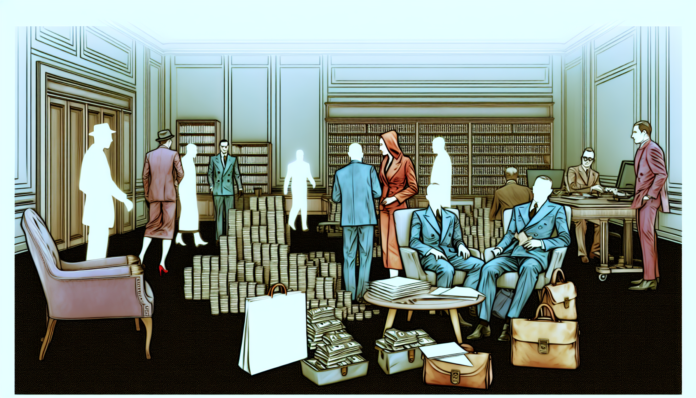Introduction
One of the most captivating scandals in modern history revolves around the affair between President Bill Clinton and Monica Lewinsky. This scandal not only exposed the intimate workings of the Oval Office but also reshaped the American political landscape. The affair unfolded in the 1990s—a decade marked by a clash between traditional values and emerging cultural shifts. While the sexual revolution of the 1960s had begun to chip away at moral absolutes, the early 90s still carried a residue of conservatism that would ultimately clash with Clinton’s very public indiscretion.
The Scandal
The intrigue began in 1995 when Monica Lewinsky, a 22-year-old White House intern, engaged in a sexual relationship with President Bill Clinton, who was then 49. The affair included intimate encounters in the Oval Office and elsewhere, which would later form the basis of a significant scandal.
Key Events:
- 1995-1996: The relationship unfolded, with Lewinsky recounting details to friends and subsequently testimony under oath.
- 1998: The scandal broke into public light when attorney Kenneth Starr launched an investigation into Clinton’s affairs, initially as part of a broader inquiry into the Whitewater real estate investment.
- The Infamous Tape: Lewinsky, her frustration boiling over, stated that she had kept a dress stained with Clinton’s semen, a piece of evidence that would become central to Starr’s case.
Reactions:
The nation was captivated. Congressional hearings were held, and Americans were polarized. Some viewed Clinton as a victim of political machination, while others saw him as an untrustworthy leader. As journalist David Gergen noted, “It was a sad spectacle, our politics reduced to the sordidness of a fling.”
Moral and Cultural Analysis
Societal Reaction:
In the late 90s, reactions were mixed:
- Public Outcry: Many felt that Clinton had crossed a moral line, undermining the sanctity of the presidency.
- Political Fallout: Clinton faced impeachment charges, ultimately acquitted by the Senate but tarnished in public opinion.
Cultural Norms:
- Traditional Values: Many adhered strictly to Biblical teachings about fidelity and morality, contributing to the scandal’s initial shock.
- Changing Attitudes: Feminists rallied around Lewinsky, viewing her as a scapegoat rather than a seductress, challenging notions of how young women in power were perceived.
Modern Perspectives:
Today, the scandal might be viewed through a different lens:
- Shifted Values: Younger generations often prioritize consent and personal autonomy, potentially viewing the affair as a consensual relationship between two adults rather than a power imbalance.
- Media’s Role: The impact of social media would likely escalate the scandal, but also lend a voice to not just the President but all involved—deeming privacy and consent as paramount in discussions surrounding sexual relationships in power dynamics.
Ultimately, the Clinton-Lewinsky affair illustrates how a romantic intrigue can reverberate through the political landscape, challenging societal norms and reshaping public discourse in ways both expected and unforeseen.

